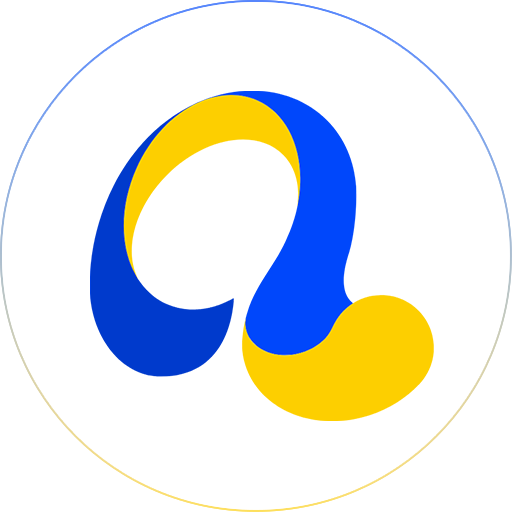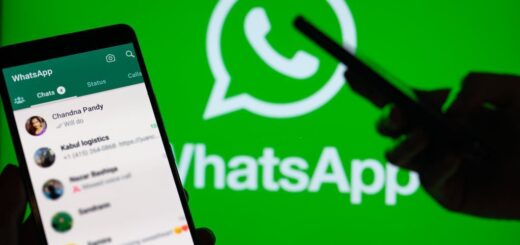Google’s Bard set to outshine OpenAI’s ChatGPT: Here’s how
Google has launched its AI chatbot, Bard, in more than 180 countries and added new features to enhance user experience. Bard has internet access, while its rival, OpenAI’s ChatGPT, does not come with it by default. Bard can access information from the internet, which allows it to answer questions in a comprehensive and informative manner.
Bard can give top news of the hour and fetch information from the internet. While ChatGPT does not have a mobile version, Bard will be integrated into more Google apps and services. Google Bard can provide images in response, and Google plans to add plugins like Walmart, Spotify, Uber Eats, and Adobe Firefly.
Google has also announced that Bard can use images as prompts, voice prompts, and export results to Gmail and Docs, and allows users to Google Search their prompts. Google Bard can be integrated with Gmail, and it supports over 20 programming languages for code generation, explanation, and debugging. However, Bard is still in an experimental phase and may display inaccurate or offensive information that does not represent Google’s views.
Bard’s ability to access the internet is one of its strengths, as it can use information from the internet to provide users with comprehensive and informative responses. However, this feature also means that Bard may provide inaccurate or offensive information. Additionally, while ChatGPT does not have a mobile version, Bard will be integrated into more Google apps and services, making it accessible to smartphone users.
Another feature that sets Bard apart from ChatGPT is its ability to provide images in response. Bard can use images as prompts, allowing users to ask questions about images they have, such as a user who is stuck with craft materials and does not know how to use them. The chatbot will instantly come up with craft ideas. Bard can also provide voice prompts, allowing users to use voice to give prompts, which is a convenient way to get responses while multitasking.
Google has also added plugins to Bard, such as Walmart, Spotify, Uber Eats, and Adobe Firefly. In March, OpenAI introduced similar plugins for ChatGPT, but they are only accessible to ChatGPT Plus subscribers, who pay $20 per month. Bard’s plugins are accessible to all users by default.
Bard also has export functionality by default, allowing users to share results from Google Bard with friends and coworkers. Under every response, users can see the like, dislike, and share buttons. The share button has the options “Export To Docs” and “Drafts in Gmail.” This feature will prove to be an effective way to share results from Google Bard.
Google Bard allows greater control to users when it comes to validating the information they are seeking. With every response, users also get an option to Google Search their prompts. One simply needs to click on the Google icon, and it will open a “Search Related Topics” box with relevant search terms. Clicking on the topics will lead to another page that will show search results in the usual way. As of now, ChatGPT has no such mechanism to get live search results.
Google has also announced that Bard will be integrated with Gmail, which is currently being used by over 2 billion people. Having access to an AI chatbot in the mail will redefine email interactions. This feature could come in handy for professional interactions. Google Bard can readily draft proposals or send invitations in Gmail.
When it comes to programming, Bard overshadows ChatGPT with its support for over 20 programming languages. According to Google, Bard will be able to help professionals with code generation, explanation, and debugging. This is something that ChatGPT is yet to master. OpenAI’s Codex, which was launched in July 2021, is similar to Bard and can generate code in multiple programming languages.
Source












